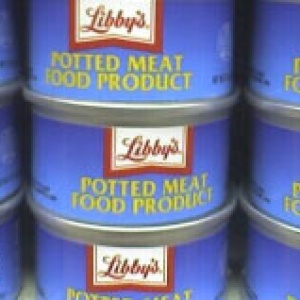This interesting paper calculates the a. nitrogen footprint and b. nitrogen investment factor associated with the average production of 12 agricultural commodities in the EU – 6 plant and 6 livestock products (excluding fish and aquatic products). The nitrogen footprint is defined as the total N losses to the atmosphere resulting from the production of a defined unit of food, while the N investment factor calculates the amount of N input needed to produce a specified amount of N in the food. Since N is the building block of protein, the latter is a useful way of looking at the issue, particularly when it comes to considering the relative merits of plant (eg. pulses and legumes) versus animal sources of protein.
Abstract
Nitrogen (N) is an essential element for plants and animals. Due to large inputs of mineral fertilizer, crop yields and livestock production in Europe have increased markedly over the last century, but as a consequence losses of reactive N to air, soil and water have intensified as well. Two different models (CAPRI and MITERRA) were used to quantify the N flows in agriculture in the European Union (EU27), at country-level and for EU27 agriculture as a whole, differentiated into 12 main food categories. The results showed that the N footprint, defined as the total N losses to the environment per unit of product, varies widely between different food categories, with substantially higher values for livestock products and the highest values for beef (c. 500 g N/kg beef), as compared to vegetable products. The lowest N footprint of c. 2 g N/kg product was calculated for sugar beet, fruits and vegetables, and potatoes. The losses of reactive N were dominated by N leaching and run-off, and ammonia volatilization, with 0·83 and 0·88 due to consumption of livestock products. The N investment factors, defined as the quantity of new reactive N required to produce one unit of N in the product varied between 1·2 kg N/kg N in product for pulses to 15–20 kg N for beef.
Citation as follows
Leip A., Weiss F., Lesschen J. P., Westhoek H. 2013, The nitrogen footprint of food products in the European Union. The Journal of Agricultural Science, doi:10.1017/S0021859613000786.
The report’s conclusions are as follows:
There is robust evidence that both the N footprint and the N investment factor of ruminant meat are highest among all food categories considered. For EU25, the N footprint for those food products was c. 500 g N/kg product, while the N footprint for all other products was considerably lower, with a consistent ranking of the product categories: pork and poultry meat at c. 100 g N/kg product and eggs and milk between 30 and 50 g N/kg product. For the vegetable products, the ranking was oilseeds (c. 20 g N/kg product)> cereals and pulses (at c. 10 g N/kg product)>sugar beet, fruits and vegetables, and potatoes (2–3 g N/kg product). Both ranking and relative differences were smaller when looking at the N investment factor, due to the different protein contents in the products and there was a clear cut-off between vegetable and livestock products at 3 kg N input/kg N in product). While 1·2 kg of new N was required for the consumption of 1 kg protein-N in pulses, 15–20 kg N was required for the consumption of 1 kg of protein-N in beef (EU25 averages from CAPRI and MITERRA). Amongst the losses of reactive N, N leaching and run-off and ammonia volatilization dominated, with 83 and 88%, respectively, due to consumption of livestock products.
Provided you have journal subscription you can read the paper here. You can also read more in the FCRN research library on studies focusing on the Nitrogen cycle , or using the search words Nitrate or Fertilizer . We also have a section in our Research Library dedicated to reports and articles relating to Soils here.








Post a new comment »